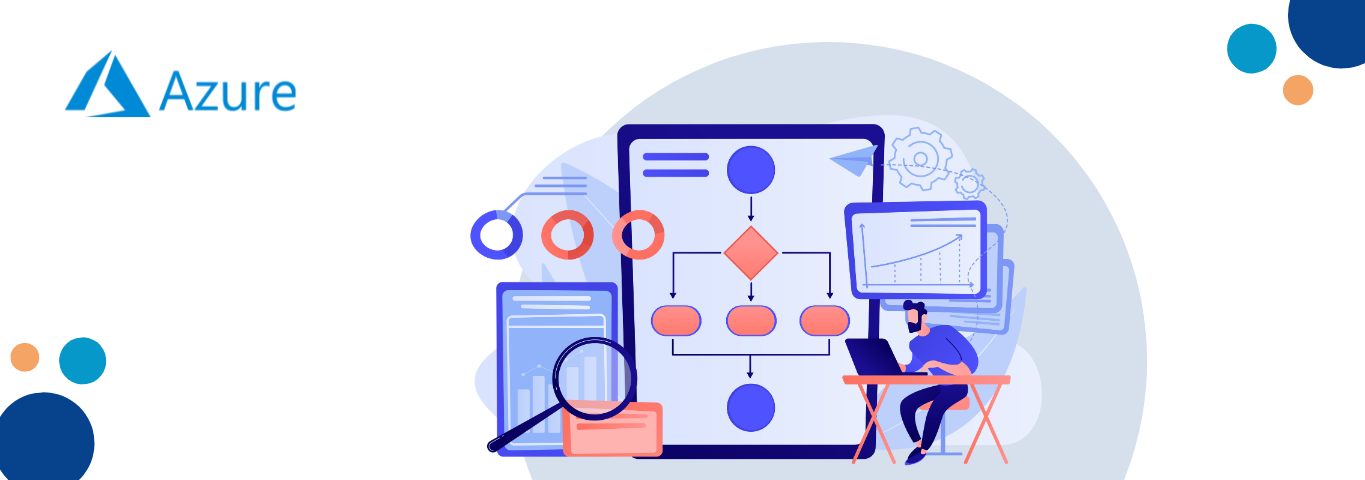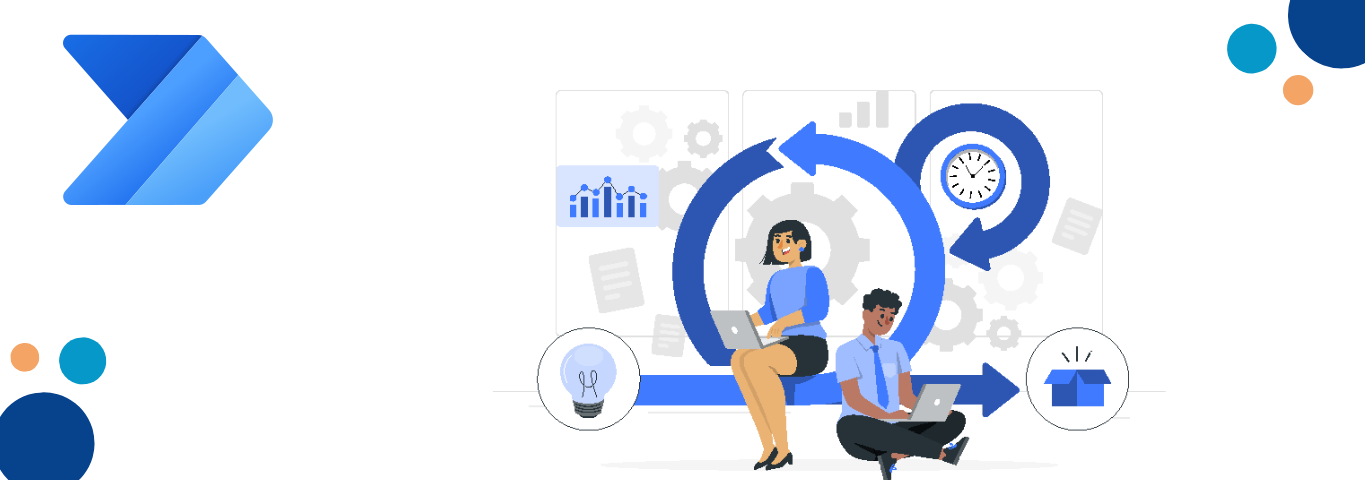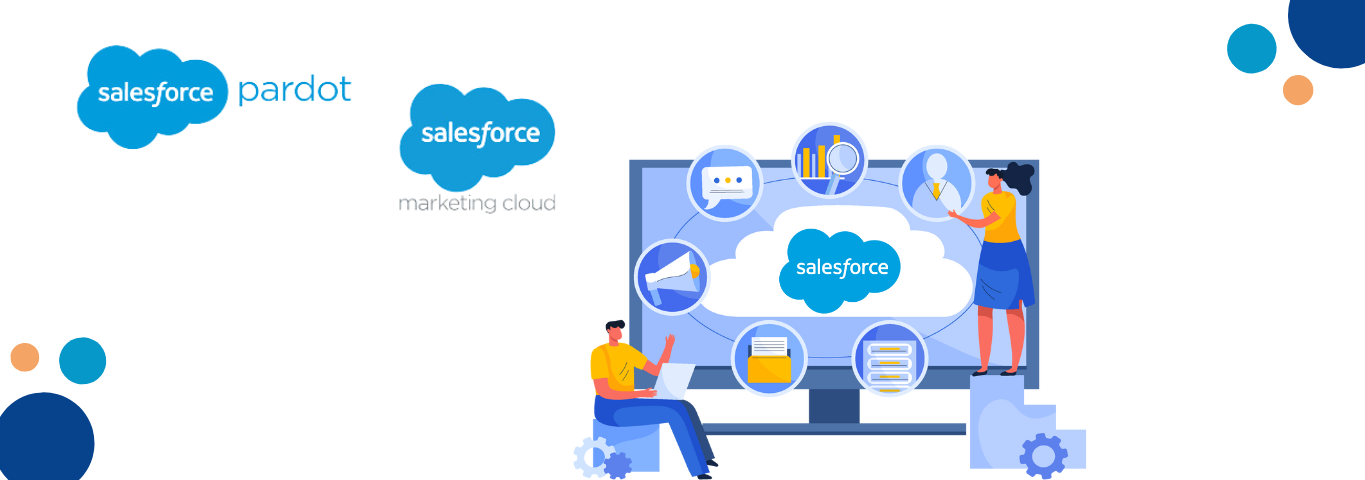In todays data-driven world, organizations constantly seek efficient and reliable ways to process large volumes of data. Azure Data Factory, a cloud-based data integration service from Microsoft, offers a powerful solution for orchestrating and automating data workflows. One of the critical components of Azure Data Factory is creating a pipeline that enables users to design and run complex data integration processes.
This blog will explore the pipeline creation process in Azure Data Factory and discuss its benefits in streamlining your data workflow.
What is Azure Data Factory?
Azure Data Factory is a fully managed data integration service that enables creating, orchestrating, and managing data pipelines. It provides a platform for collecting, transforming, and moving data across different sources and destinations. With its intuitive user interface and extensive integration options, Azure Data Factory enables users to create scalable and efficient data flows.
Pipeline components
A pipeline in Azure Data Factory consists of various components that work together to facilitate the data integration process. These components include:
A. Activities
Activities represent individual actions that take place within a channel. These can be data movement activities (copying data between sources and targets), data transformation activities (manipulating data using mapping or transformation logic), control activities (branching, looping, conditional execution), or custom activities (external scripts or code).
B. Datasets
Datasets define the data structures and formats used in the channel. They represent input and output data for activities. Azure Data Factory supports various data sources, including on-premises databases, cloud storage, and SaaS applications. Datasets specify connection information and data source schema.
C. Linked Services
Linked services establish connections to external data sources or computing resources. They provide the necessary credentials and configuration to access the data. Azure Data Factory supports different types of connected services, such as Azure Storage, Azure SQL Database, and Salesforce.
Piping design
The process of creating a pipeline in Azure Data Factory involves several steps:
A. Define pipe structure
Start by outlining the sequence of activities and their dependencies. Determine the order in which the activities should be performed and identify any dependencies between them.
B. Configure activities
Define each activitys type, input, output, and properties. This includes the specification of the source and target datasets, the transformation logic, and any required parameters.
C. Set dependencies
Create dependencies between activities by defining the conditions under which the activity should be executed. This allows you to create robust and flexible workflows that adapt to changing data conditions.
D. Test and verify
Test piping thoroughly before deploying to ensure accuracy and efficiency. Validate data transformations and verify connections to data sources and targets.
What are the benefits of creating a pipeline in Azure Data Factory?
Implementing pipeline creation in Azure Data Factory offers several benefits for organizations:
A. Efficiency and automation
By automating data workflows, pipelines eliminate the need for manual intervention and reduce the risk of errors. They ensure data integration processes are performed consistently and efficiently, saving time and effort.
B. Scalability
Azure Data Factory enables seamless scalability and the processing of large volumes of data. Pipelines can be easily modified to meet changing business needs and growing data demands.
C. Monitoring and Visibility
Azure Data Factory provides comprehensive monitoring and logging capabilities that allow users to monitor pipeline progress and performance. Enables proactive problem-solving and ensures data integrity during the integration process.
D. Integration with other Azure services
Azure Data Factory integrates seamlessly with other Azure services such as Azure Databricks, Azure Machine Learning, and Azure Synapse Analytics. This integration allows users to take advantage of additional features and improve their data flow.
E. Data Security and Compliance
Azure Data Factory includes robust security measures to protect data during transport and at rest. It supports encryption, access control, and compliance to ensure data privacy and regulatory compliance.
F. Cost optimization
Azure Data Factory offers cost optimization features like data movement parallelism and scheduling capabilities. Users can optimize data transmission and processing to minimize costs while maintaining high performance.
G. Ecosystem integration
Azure Data Factory integrates with various data storage platforms, databases, and analytics tools. This enables data to be seamlessly moved and transformed between different systems, allowing the organizations to leverage their existing investments.
Conclusion
Creating pipelines in Azure Data Factory enables organizations to streamline workflows and achieve efficient data integration. By leveraging the powerful capabilities of Azure Data Factory, users can design and automate complex data pipelines to ensure smooth movement and transformation of data across multiple sources and destinations.
Harness the power of Azure Data Factory to unlock the potential of your data-driven initiatives. With its extensive integration capabilities, scalability, monitoring capabilities, and integration with other Azure services, Azure Data Factory provides a comprehensive solution for managing and orchestrating data workflows in the cloud.







Comments